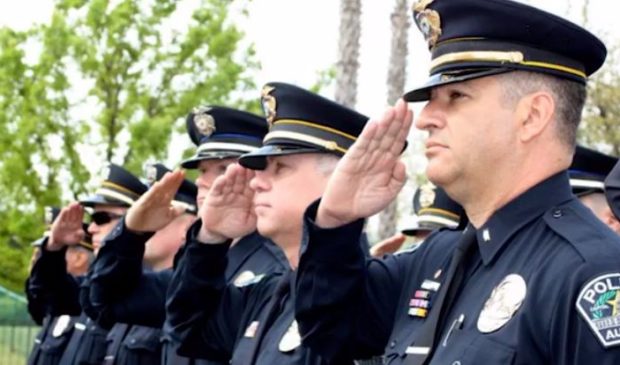Public safety agencies envision big staff increases
Tuesday, June 6, 2017 by
Jack Craver In presentations to the Public Safety Commission Monday, leaders of the Police Department, Fire Department and Emergency Management Services called for significantly boosting staff in the coming years, both to make up for existing shortages and to keep up with the city’s rapidly growing population.
Jasper Brown, the assistant chief for Austin-Travis County EMS, told the commission that the agency would ideally add 82 positions over the next five years. In recent years, he said, calls for ambulances have risen about 3 percent annually.
Assistant Fire Chief Richard Davis similarly presented a five-year plan that includes 80 new firefighters, including 48 for three new stations. That only partially makes up for the department’s existing 126 vacancies, he said.
The fire department stopped hiring entirely for a year and a half between 2012 and 2014 in response to a lawsuit by the U.S. Department of Justice alleging that the department was systematically passing up minority candidates. A consent decree agreed to by the city in 2014 ordered the city to design a new hiring process subject to DOJ review for at least four years.
The consent decree is one of the main reasons hiring has been slow, said Davis. He also suggested that the “mindset” of younger firefighters is different from their forebears: “Some of these individuals don’t hang around for 25 or 30 years anymore.”
Bob Nicks, president of the Austin Firefighters Association, emphasized the importance of sending four firefighters out on every call, as has been the city standard for a decade. Talk of scaling the requirement down to three has come in the midst of concerns about the large amount the city is spending on overtime wages.
Nicks described the high overtime payments, which are a result of understaffing, as a “problem, but not a crisis.” He cautioned against resorting to drastic cost-cutting measures, such as shutting down stations or cutting back on training.
Ken Casaday, the head of the Austin Police Association, was far more dramatic in his calls for added staff. Despite increases in violent crime and overworked, demoralized officers, City Council has refused to fund necessary staff increases, he said.
“We have 80 percent staffing,” he said. “To me that’s ridiculous.”
Even the positions that Council has approved haven’t been realized, he said. The 12 new officers that were included in last year’s budget were “only on paper,” he later told the Austin Monitor.
Assistant Police Chief Troy Gay’s five-year plan appeared to concur with Casaday’s assessment. It called for 329 new officers, including 163 to work as part of a community policing initiative that is still in its infancy and 10 to work as part of a permanent homeless outreach program that is currently operating as a pilot program.
The dramatic increase in community policing comes directly from a Council-commissioned report released last year by Matrix Consulting Group that described what the police department would need to do “to provide proactive and community oriented law enforcement services to the city.”
However, the five-year plans were purely aspirational and included no estimated financial impact. Council will have to decide in the coming months, as it begins deliberations on next year’s budget, how much of the desired staffing increases it is willing to fund.
Commissioner Kim Rossmo also complained during the presentation from the Fire Department there was “no justification” made by the department for the staffing increases.
The commission opted not to comment on most of the staffing issues discussed by the three public safety agencies, but voted unanimously to send a memo to Council recommending that it fund all of the community policing positions called for in the Matrix report. The commission also will recommend that the city act quickly to hire a new mapping professional tasked with conducting an analysis of wildfire risks that can inform CodeNEXT, the proposed overhaul of the city’s Land Development Code that Council is expected to vote on next year.
Photo courtesy of the city of Austin via YouTube.
The Austin Monitor’s work is made possible by donations from the community. Though our reporting covers donors from time to time, we are careful to keep business and editorial efforts separate while maintaining transparency. A complete list of donors is available here, and our code of ethics is explained here.
You're a community leader
And we’re honored you look to us for serious, in-depth news. You know a strong community needs local and dedicated watchdog reporting. We’re here for you and that won’t change. Now will you take the powerful next step and support our nonprofit news organization?






